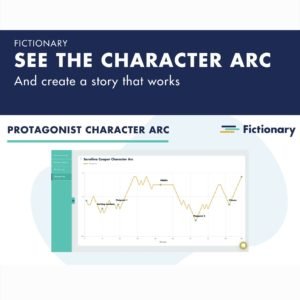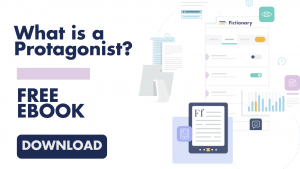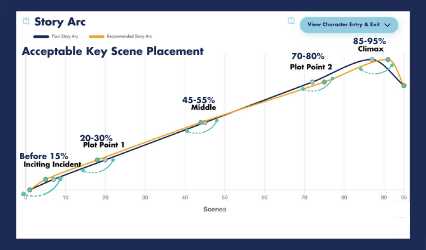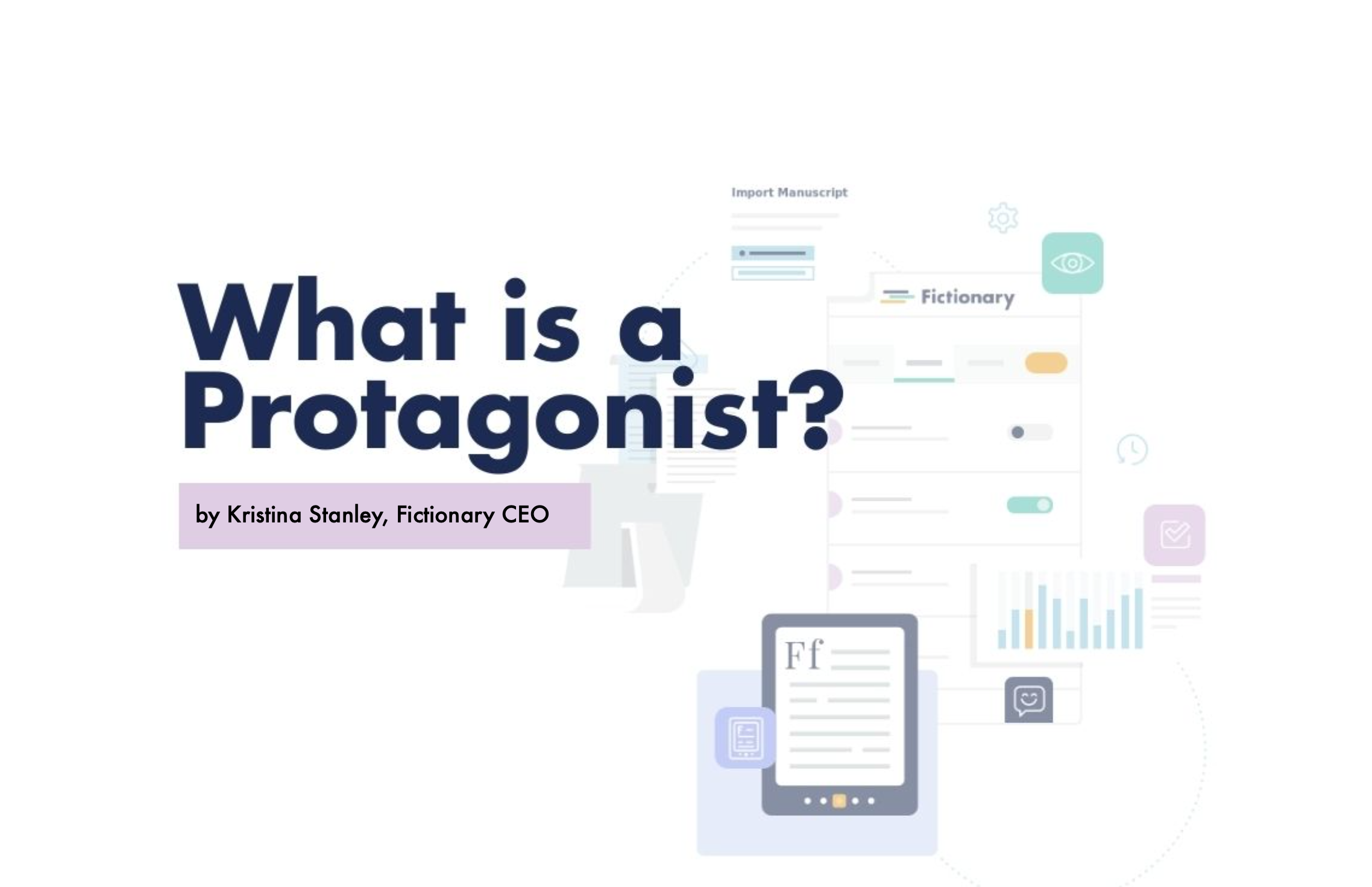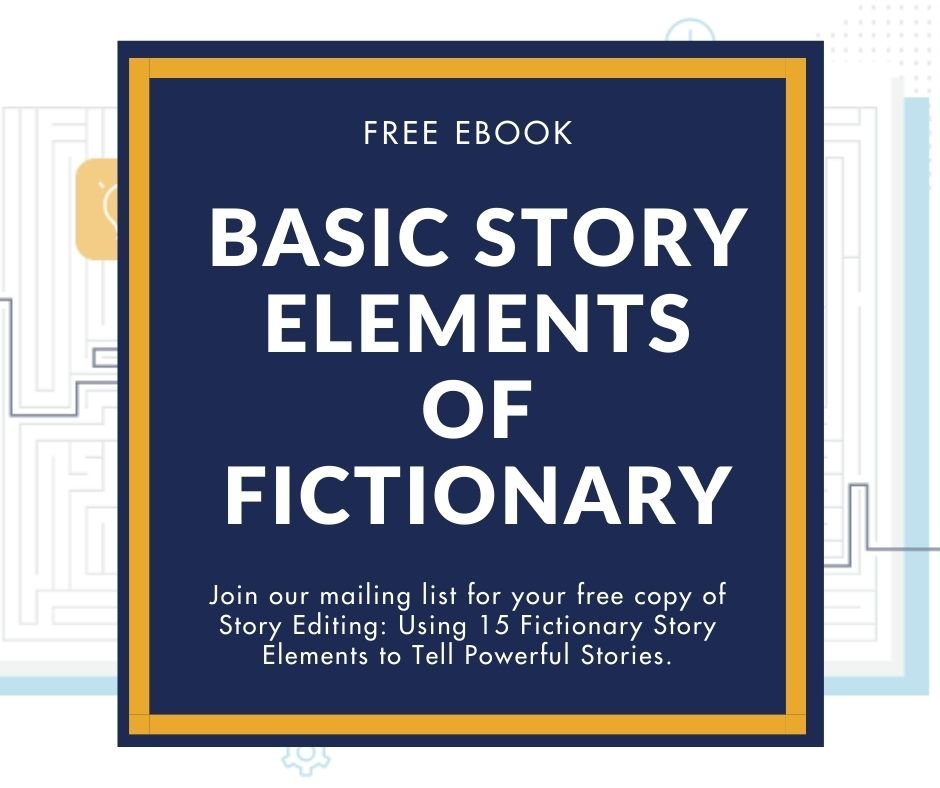Two Types of Character Arcs
A character arc is either an internal emotional arc or an external arc. The external arc is as important to the story as the internal character arc. Of all the characters, the protagonist’s arc is the most important arc in a story.
The protagonist is the main character of a story. Depending on the type of story you’re writing, the protagonist either wins or loses. They achieve the main story goal or they don’t. And that win or loss must affect them.
The Protagonist’s External Character Arc
Every scene in the story must impact the protagonist in a positive or negative manner even if the protagonist is not in a scene. This mix of positive and negative impacts will take them closer or farther away from their story goal until they finally win or lose in the climax scene(s).
This is called the external character arc because the events of a scene push the protagonist toward or away from their goal. The character may have any kind of setback. These include events such as:
- a physical or emotional setback
- the antagonist gains an advantage
- a subplot distracts the protagonist from their main story goal
- a false clue
- a misunderstanding
- and many others…
If a scene does not impact the protagonist or their main story goal, it might not be needed in the story.
The Protagonist’s Internal Character Arc
An internal character arc is the emotional journey your protagonist takes throughout the story that engages your reader. Within Fictionary, you can keep notes of this in the Impact on Protagonist Story Element. A reader wants to experience emotion. If a character doesn’t experience emotion, then the reader won’t either.
What’s the Starting Point?
The external character arc begins in the first scene of the story, even if that scene is a prologue or the protagonist is not in that scene.
Scene-by-Scene Character Arc Evaluation
If you pay attention to the impact every scene has on the protagonist, your story will be stronger.
At the end of every scene, ask yourself:
- Was the impact on the protagonist positive, neutral, or negative compared to the beginning of the scene?
![]()
Drawing the External Character Arc
Just like the Story Arc, it’s important to draw the external Character Arc. You can do this within a spreadsheet or on a whiteboard.
Within Fictionary, the character arc starts to draw once the Protagonist Character Arc element is set on the Evaluate page.
If the Story Element is set to:
- Positive: the arc goes up
- Neutral: the arc stays flat
- Negative: the arc goes down
Flat lines on the insight are bad. This means it’s time to question whether the scene belongs in the story because the scene didn’t have a positive or negative impact on the protagonist. When there is no impact on the protagonist, the story isn’t moving forward. Every scene must make it harder or easier for the protagonist to achieve their goal.
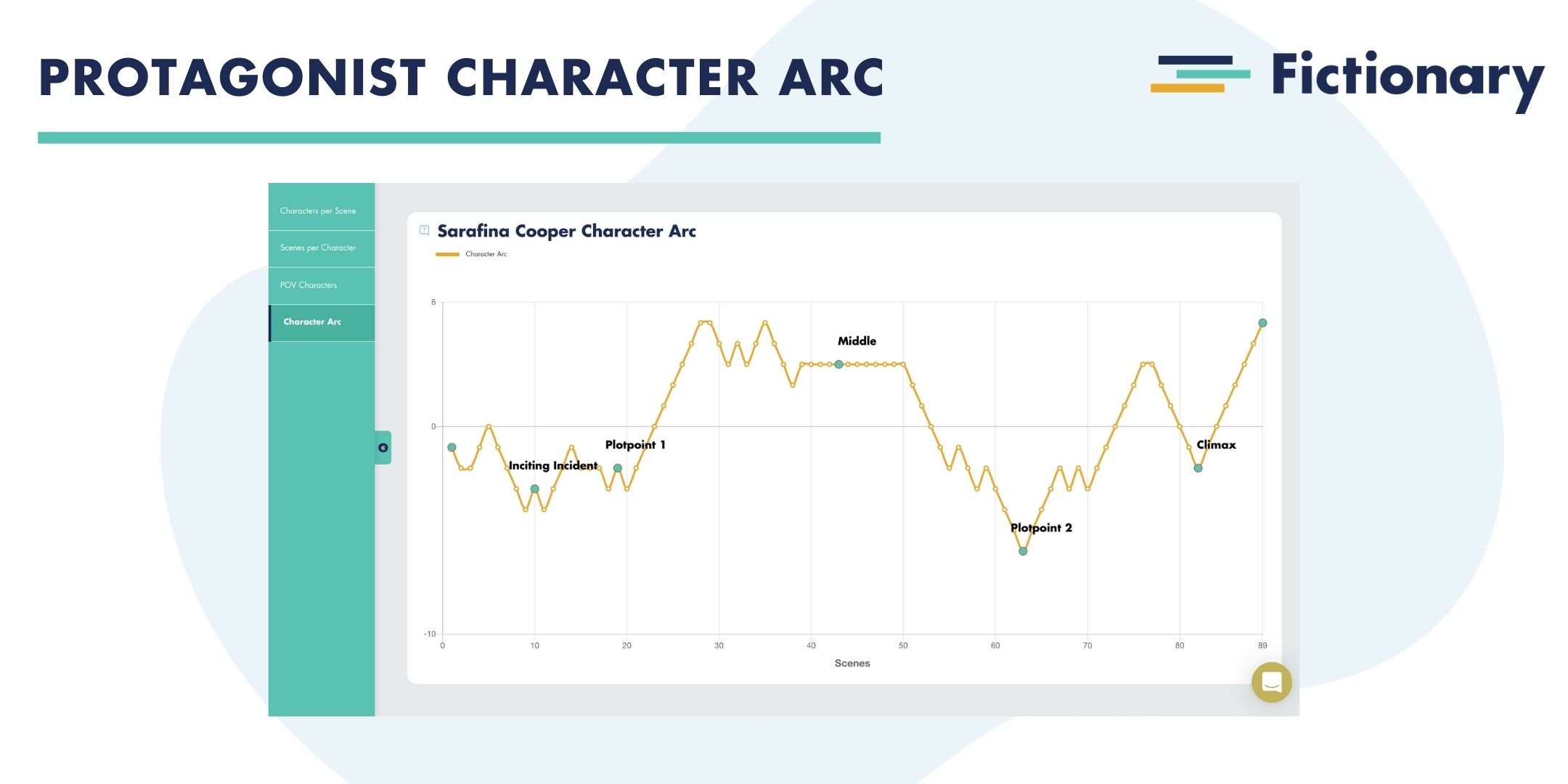
![]()
The Story Arc and the External Character Arc
The key scenes have a big impact on the story, so they must have a big impact on the protagonist. The impact should be stronger than in the other scenes. And in the climax scene, it must be the strongest.
The inciting incident is the moment the protagonist’s world changes in a dramatic way.
The inciting incident must impact the protagonist in a dramatic way when their world changes in a dramatic way. If it doesn’t, there is a problem. Perhaps you’ve chosen the wrong protagonist, or perhaps the inciting incident isn’t related to the plot. Whatever the reason, the scene needs to be rewritten.
Plot Point 1 is the point of no return. The character can’t back out of the central conflict. This is the moment when the setup of the story ends and Act I is over.
Let’s face it. If any one of us changes our lives and can’t return to our previous life, we’re going to feel or act differently when that happens. Your protagonist must too.
The middle is when the protagonist changes from reactive to proactive.
Here again, the protagonist is going to change their behaviour, and the only way that happens is if their emotional state changes, which means something has caused that change. And we’re back to does the scene impact the protagonist.
Plot Point 2 will be a low point for your protagonist. Her actions since the middle have caused disaster. At plot point 2, she becomes more determined to reach her goal.
Note the word disaster in the description. That tells you the scene has a negative impact on the protagonist.
You’ve built your story up to the climax with rising action, and now the climax scene (or scenes) will have the highest level of conflict, the greatest tension, or the most devastating emotional upheaval.
Depending on the type of story you’re writing, the protagonist either wins or loses. They achieve the main story goal or they don’t. And that must impact them. Let me repeat that. The climax scene MUST impact the protagonist.
![]()
Story Structure
Too Many Negative Endings
For a compelling external character arc, scenes can’t end with the protagonist in a negative state compared to the beginning of the scene for too many scenes in a row. The reader will start to believe the protagonist will never reach their plot goal and what’s the point of reading the story. There has to be a hint that the protagonist can succeed.
Too Many Positive Endings
Too many scenes in a row where the protagonist’s state is better at the end of the scene than at the beginning will bore the reader. If the character reaches every goal too easily, the story will lack tension.
Scene-by-Scene Character Arcs
There’s no way around it. To create an external character arc that drives the story forward, you’ll evaluate every scene and keep track of whether the scene impacts the protagonist in a negative or positive manner.
If you ensure every scene impacts the protagonist, the story will be stronger and readers will connect with the protagonist.
Have fun reviewing the character arc!
![]()
Free eBook: What is a Protagonist?
Want more in-depth information? Download our free eBook.
StoryTeller is creative editing software for fiction writers. Transform your story, not just your words. Successful stories depend on your ability to edit, improve, and revise your work. Only when you master story editing, can you master storytelling.
Why not check out Fictionary’s StoryTeller free 7-day trial and tell powerful stories?


